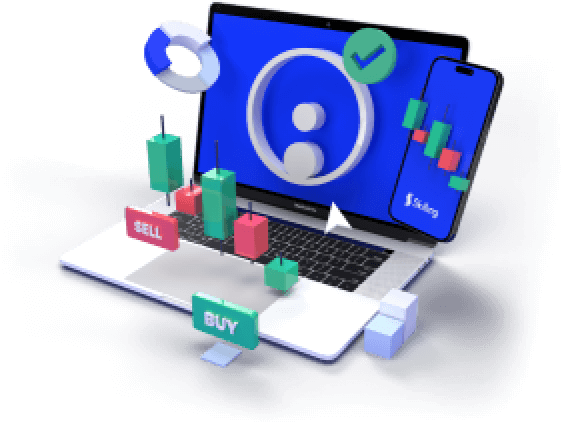Denmark’s economy is one of the most export-driven in the world, with exports accounting for nearly 68% of GDP as of 2023. This heavy reliance on international trade makes Danish markets particularly sensitive to global economic shifts, creating both opportunities and risks for CFD traders, according to TheGlobalEconomy.com.

Key Export Sectors and Their Market Impact
Pharmaceuticals : Denmark is home to pharmaceutical giants such as Novo Nordisk, which has significantly contributed to the country's economic growth. In 2024, the success of drugs like Ozempic and Wegovy contributed to a record trade surplus of over DKK 384 billion. However, the sector's volatility was highlighted when Novo Nordisk's stock plunged 58% from its 2024 peak due to underwhelming clinical results and increased competition
Renewable Energy : Denmark is a global leader in wind energy, with companies like Vestas supplying 35% of the global market. The country's commitment to renewable energy has led to significant investments, such as the €34 billion pledged for energy islands in the North Sea. These developments have made the renewable energy sector a focal point for traders, according to ifbd.org.
Shipping and Logistics : Maersk, headquartered in Copenhagen, is the world's largest shipping company. The company's performance is a bellwether for global trade, and its stock is sensitive to changes in shipping rates and global economic conditions. For instance, geopolitical tensions and supply chain disruptions can lead to significant volatility in Maersk's stock price, according to Wikipedia.
Agriculture and Food Products : Denmark is a major exporter of pork, dairy, and grains. These commodities are subject to global price fluctuations, which can impact the Danish economy and, by extension, market volatility.
Curious about Forex trading? Time to take action!
Use our free demo account to practise trading 70+ different Forex pairs without risking real cash
71% of retail CFD accounts lose money.

Implications for Traders
CFD traders can leverage Denmark's export-driven economy by typically monitoring key sectors and economic indicators:
- Stock CFDs: Companies like Novo Nordisk, Vestas, and Maersk offer opportunities for traders to capitalize on sector-specific movements.
- Indices: The OMXC25 index, which includes major Danish companies, can be influenced by export performance and global economic trends.
- Currency Pairs: The Danish krone (DKK) is pegged to the euro, but export performance can still influence its value, especially in pairs like USD/DKK.
Monitoring Economic Indicators
To effectively trade CFDs related to Denmark's economy, traders should keep an eye on:
- Export Data Releases: Monthly trade balances and sector-specific reports provide insights into economic performance.
- Earnings Reports: Quarterly results from major exporters can signal sector health and potential market movements.
- Policy Changes: Government policies on trade, energy, and healthcare can have significant impacts on export sectors.
- Global Economic Trends: Changes in global demand, supply chain dynamics, and geopolitical events can affect Denmark's export performance.
Conclusion
Denmark's export sector is a significant driver of market volatility in the Nordic region. CFD traders can benefit by staying informed about key sectors and economic indicators, allowing them to make strategic decisions in response to market movements.











